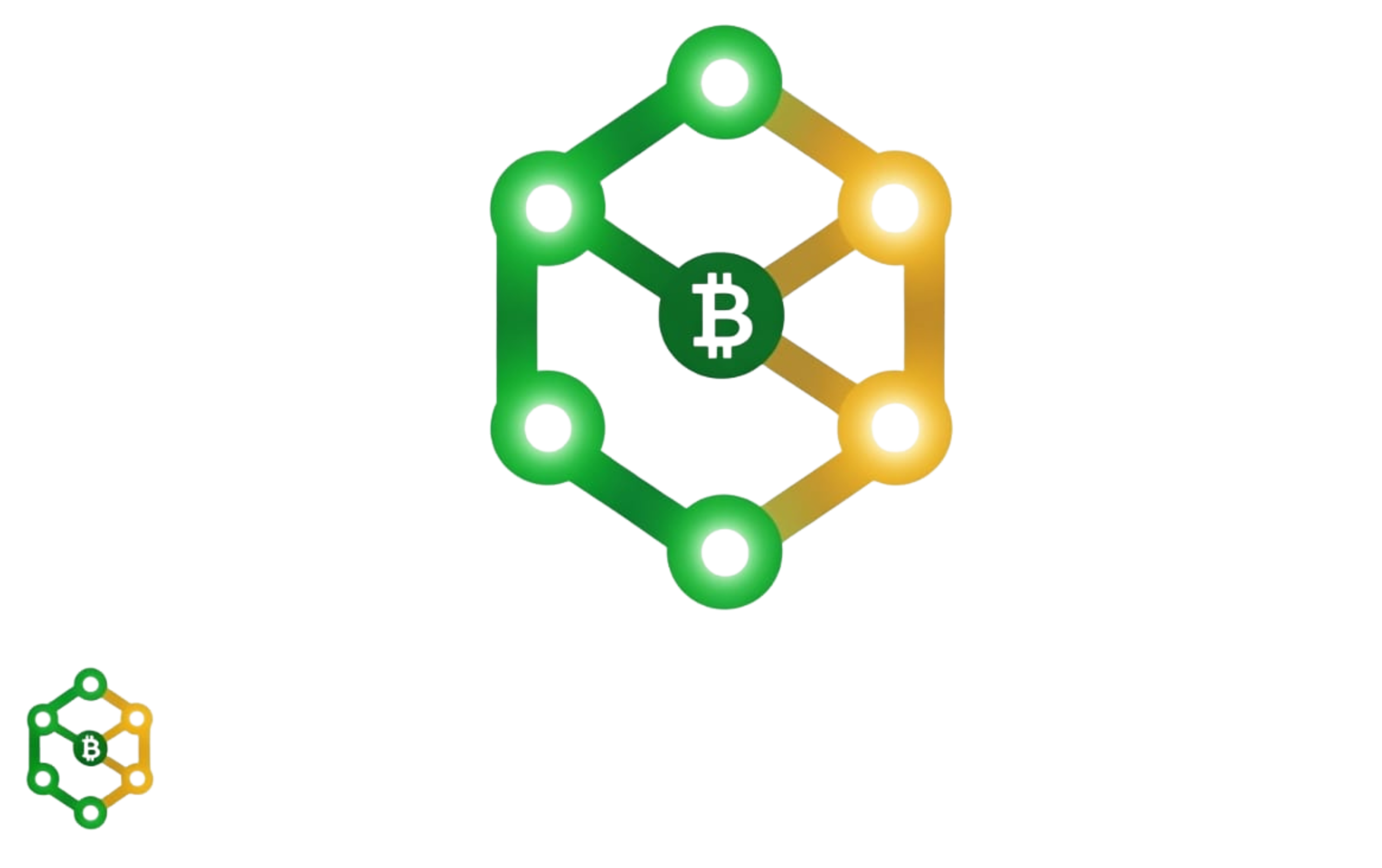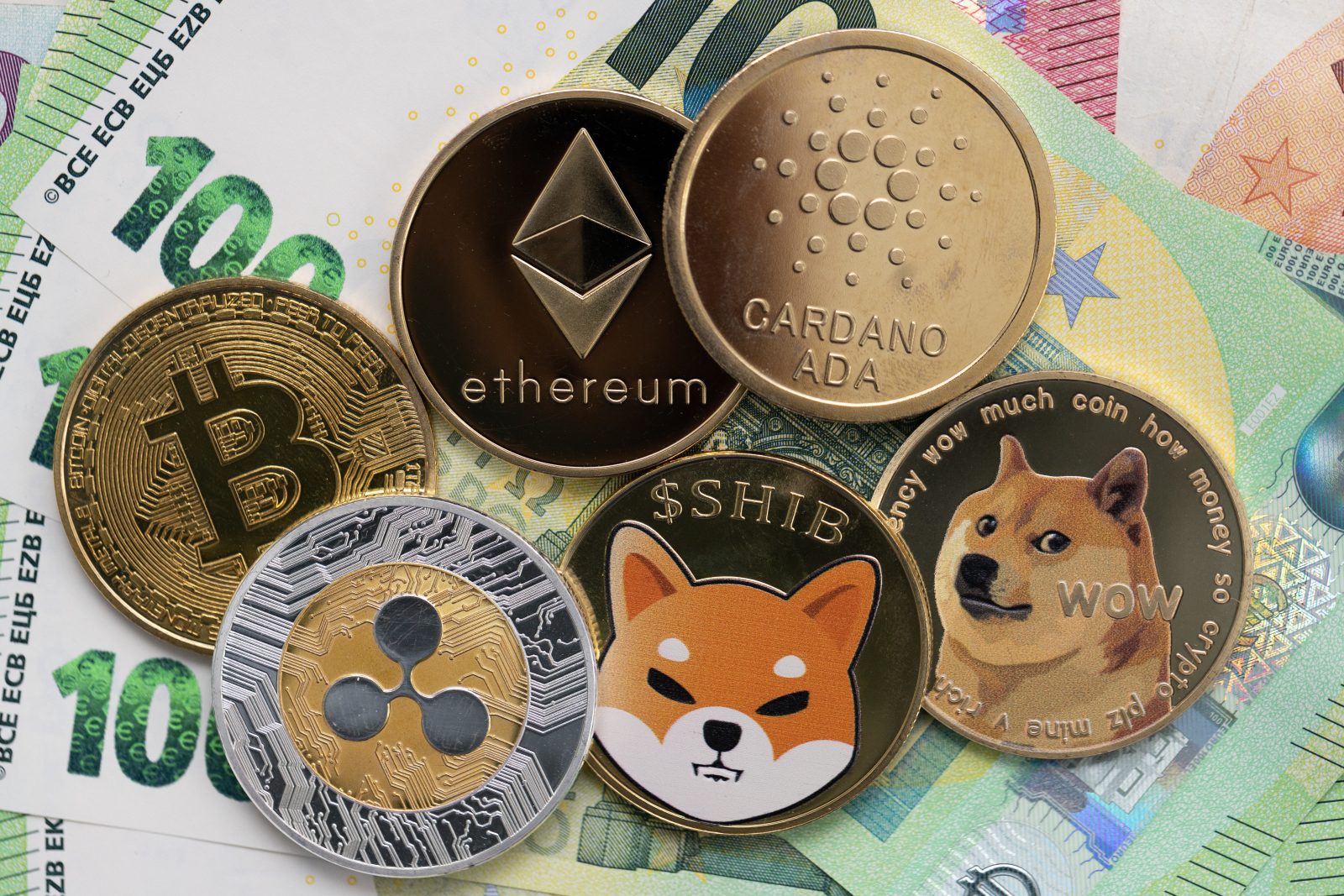As Bitcoin loses momentum, are altcoins ready to take the lead? A deep dive into the concept of altcoin season, the key indicators to monitor, and what investors need to know.
Every crypto market cycle brings back the same question: is altcoin season about to begin? This recurring phase, often referred to as Altseason, marks a time when alternative cryptocurrencies—ranging from major platforms like Ethereum to memecoins like Dogecoin—outperform Bitcoin by a wide margin. In Q3 2025, early signs are emerging, but distinguishing hype from structural rotation requires a closer examination.
What Is Altcoin Season?
Altcoin season is a market phase in which the majority of altcoins outperform Bitcoin over a defined period, often accompanied by a wave of investor optimism, increased volume, and speculative fervor. It’s not anecdotal—it’s measurable. The Altcoin Season Index, developed by WhalePortal and adopted by sites like CryptoCompare, tracks the 90-day performance of the top 50 altcoins (excluding Bitcoin). If more than 75% outperform BTC, the index signals a full-fledged altseason.
As of late July 2025, the index hovers around 50–60, suggesting a neutral-to-early-altcoin phase. The signals are mixed, but the rotation potential is growing.
Key Indicators to Spot an Altcoin Season
Altseason doesn’t emerge in a vacuum. Several technical and market-based indicators can help anticipate this transition:
1. Decline in Bitcoin Dominance (BTC.D):
A key metric is Bitcoin’s share of the overall crypto market cap. When dominance drops below critical levels (typically below 55%), capital tends to flow into Ethereum and mid-cap altcoins. Currently, BTC.D stands at around 60.5%, having slid from recent highs, signaling possible early-stage rotation.
2. ETH/BTC Ratio:
A rising ETH/BTC chart often precedes broader altcoin rallies. When Ethereum begins to outperform BTC, it tends to unlock momentum for other Layer‑1s and sector tokens. ETH has gained 9% relative to BTC over the last quarter.
3. Altcoin Volume and Liquidity Surge:
Surging trade volumes in networks like Solana, Arbitrum, and Base indicate increased investor attention. These volume spikes—especially in small- and mid-cap assets—typically precede speculative booms.
4. FOMO and Retail Inflows:
Altseasons often coincide with a wave of Fear of Missing Out, drawing retail traders into low-cap, high-risk assets. The parabolic price movements seen in coins like PEPE or BONK are typical late-stage indicators.
The Mechanics: What Triggers an Altseason?
Altcoin season is generally triggered by a cooling phase in Bitcoin after a major rally, where investors shift their capital in search of higher beta returns. Following a strong BTC run-up, market participants rotate toward higher-risk, higher-reward assets—including altcoins tied to DeFi, AI infrastructure, Web3 protocols, or blockchain gaming.
This behavior isn’t irrational—it reflects risk appetite moving down the market-cap curve as confidence increases. Institutional attention and macro liquidity shifts often accelerate the trend.
Is July 2025 the Start of a New Cycle?
The answer is nuanced. The Altcoin Season Index recently rose from 32 to 56, indicating growing breadth among outperforming altcoins. Ethereum’s momentum against Bitcoin is strengthening, and blockchain activity across L2s and emerging networks is picking up. However, dominance is still relatively high, and gains remain concentrated in a few large-cap altcoins like ETH and SOL.
Analysts are cautiously labeling the current phase as an early altcoin rotation, rather than a confirmed full altseason. For confirmation, investors are looking for BTC dominance to drop below 55%, broader gains in mid- and low-cap altcoins, and higher on-chain activity across altcoin ecosystems.
What This Means for Investors
For investors, this environment presents both opportunity and risk. On one hand, some altcoins could double or triple in value within weeks, as we’ve seen in past cycles. On the other, volatility is severe, and late-stage buyers often face sharp corrections.
Conservative investors may choose to maintain exposure to BTC and ETH while gradually rotating into strong altcoin projects with growing ecosystems. Active traders may opt to ride short-term momentum—but only with defined stop-losses, risk management protocols, and a clear exit strategy.
Looking Ahead: Rotation or Trap?
Whether a true altseason unfolds in Q3–Q4 2025 will depend on several factors: sustained BTC stability, further gains in ETH/BTC, increased inflows into small- and mid-cap coins, and improved global macro sentiment. If these align, we could see a sharp broad-based altcoin rally.
Until then, patience and data-driven decision-making are key. Altcoin season doesn’t knock at the door—it breaks it down. But only for those who are ready to recognize the pattern before the herd rushes in.













https://shorturl.fm/Xruv6
https://shorturl.fm/iEHUS
https://shorturl.fm/9a3fm
https://shorturl.fm/TybYo
https://shorturl.fm/3VMkT
https://shorturl.fm/9lw9z
https://shorturl.fm/aTO1P
https://shorturl.fm/OJkeZ
https://shorturl.fm/5GA4W
https://shorturl.fm/hKoFR
https://shorturl.fm/ByJSm